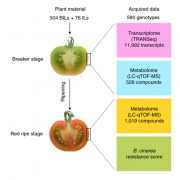
Multi-omics analyses of wild tomato introgression lines reveal a set of gene expression-metabolite-pathogen sensitivity interactions (Nat. Genet.)
Plant Science Research WeeklyDomesticated tomato has been subjected to human selection to satisfy marketing and economic desires, leading to a loss of genetic diversity and elimination of fruits traits such as flavor, aroma and pathogen resistance. Introgression lines (ILs) that capture the genome of wild desert-adapted tomato Solanum…
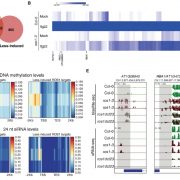
Active DNA demethylation controls defense gene regulation and antibacterial resistance (bioRxiv)
Plant Science Research Weekly
Epigenetic reprogramming, such as DNA methylation changes, has emerged as a crucial regulator of plant defense responses. Homeostasis of DNA methylation is controlled by a balance between methylation and demethylation. ROS1 (Repressor Of Silencing 1) is an Arabidopsis demethylases that is known to…

A GRF–GIF chimeric protein improves the regeneration efficiency of transgenic plants (Nature Biotechnol.)
Plant Science Research Weekly
Producing a genetically-modified or -edited plant requires two distinct processes: DNA modification, followed by regeneration of a plant from the edited cells. The first process has been greatly enhanced by CRISPR/Cas9, but the second has continued to present challenges. Here, Debernardi et al. demonstrate…
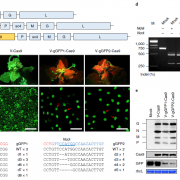
Highly efficient DNA-free plant genome editing using virally delivered CRISPR–Cas9 (Nature Plants)
Plant Science Research Weekly
CRISPR-Cas is a revolutionary technology that has taken the science of genetic manipulation to higher levels by leaps and bounds. In spite of the ease with which it is used for genome editing, the present delivery methods are not without shortcomings; undesirable effects on non-target regions and…
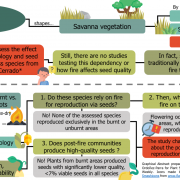
Burning grasses, poor seeds: Post-fire reproduction of early-flowering Neotropical savanna grasses produces low-quality seeds (Plant Ecol.) ($)
Plant Science Research Weekly
Fire is a disturbance that underpins several ecological processes in tropical savannas. For instance, some plant species from these ecosystems are traditionally known for relying on fires to reproduce. However, this dependency remains to be formally tested. Also, the impact of fire on seed quality…
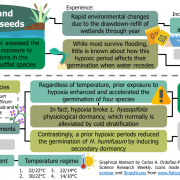
Seed germination of mudflat species responds differently to prior exposure to hypoxic (flooded) environments (Seed Sci. Res.) ($)
Plant Science Research Weekly
Mudflats species experience rapid changes in their environment due to wetlands' drawdown and refill throughout the year. For instance, species that inhabit these sites deal with contrasting oxygen environments: hypoxic when the water level is high, and aerobic when it recedes. Most studies have aimed…
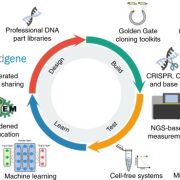
Plant Science Research Weekly: October 16, 2020
WWR Full PostReview: The second decade of synthetic biology: 2010–2020
I guess if this were a normal year, we’d be spending time looking back over the past decade, but Covid-19 has made anything pre-2019 seem like a different lifetime. Still, here’s a retrospective you don’t want to miss. Meng and…
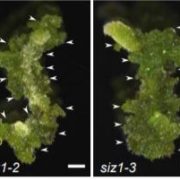
Keeping a lid on shoot regeneration: SIZ1 suppresses wound-induced developmental reprogramming
Blog, Plant Physiology, Plant Physiology: News and Views, ResearchMichael J. Skelly
ORCID ID: 0000-0002-9024-0037
Institute of Molecular Plant Sciences, School of Biological Sciences, University of Edinburgh, Edinburgh EH9 3BF, United Kingdom
[email protected]
Plants have the remarkable ability to regenerate tissues and organs in response to wounding. This…

Recognizing Plant Physiology authors: Yasser Nehela
Plant Physiology, Plant Physiology: Author ProfilesYasser Nehela, first author of Melatonin is involved in citrus response to the pathogen Huanglongbing via modulation of phytohormonal biosynthesis
Current Position: Post-doctoral research associate, Citrus Research and Education Center and Department of Plant Pathology, University of Florida, Lake Alfred,…

